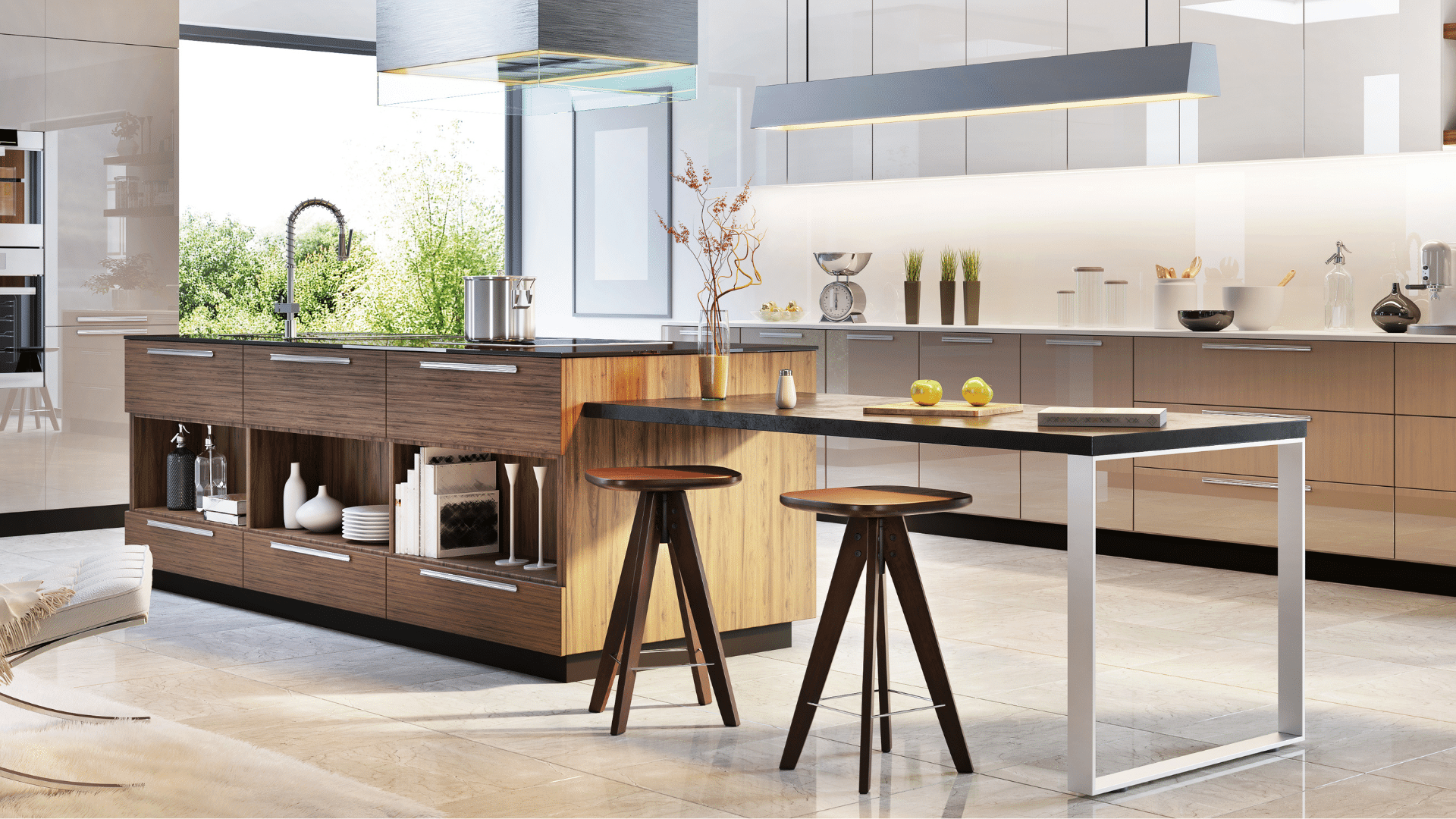Kitchen Island Legs: Improve Your Kitchen with Solid Support
Kitchen Island Legs: Improve Your Kitchen with Solid Support
Blog Article
Essential Tips for Choosing the Perfect Table for Your Kitchen
Selecting the ideal table for your kitchen is even more than simply a matter of preference; it demands a complete understanding of your room and needs. Begin by gauging your available space to ensure enough clearance for activity. The form of the table plays an essential role; while rectangle-shaped tables fit larger locations, rounded ones foster intimacy, and extendable choices offer versatility. Product selection is just as crucial, with hardwoods offering toughness and glass borrowing a contemporary touch. The table should integrate with your kitchen's appearances and fit your family easily. What other aspects might influence this vital decision?
Action Your Space
Choosing the excellent dining table starts with a precise assessment of your available room. This fundamental action guarantees that the table not only fits comfortably within the room however also matches the total layout and capability of your eating area.
Consider the flow of motion around the table. It is vital to leave sufficient room for chairs to be taken out and for individuals to move the table without obstruction. A basic rule of thumb is to allow at the very least 36 inches of clearance from the side of the table to the nearest wall or furniture. This makes certain simplicity of gain access to and comfort during dishes.
Furthermore, consider the number of individuals you typically delight and whether you require additional room for guests. Going with an extendable table can offer versatility, permitting you to fit varying varieties of restaurants. By properly measuring your space, you prepared for selecting a table that boosts both the appearances and capability of your dining area.
Choose the Right Forming

On the other hand, round tables are superb for smaller sized cooking areas or intimate celebrations, as they advertise discussion by enabling everybody to deal with each various other. They also give a feeling of comfort and can fit well in tighter spaces due to their absence of sharp corners. Oval tables provide the most effective of both worlds, incorporating the size of rectangular tables with the affection of round ones, making them versatile for different settings.
Square tables are one more choice, particularly suited for square-shaped spaces. They develop a symmetrical and modern-day look, promoting an equal eating experience for all seated. They may be much less useful for larger events unless they come with expansions. Eventually, the form you pick should line up with your room measurements and way of life to ensure both type and function.
Product Considerations
When choosing a dining table, product considerations are extremely important in establishing the table's toughness, upkeep requirements, and general aesthetic. Wood is a classic option, providing ageless appeal and robustness.
Glass-topped tables linked here provide a modern-day, streamlined look and can make an area appear larger due to their transparency. Nevertheless, they require regular cleansing to avoid finger prints and spots. Additionally, solidified glass is recommended for its extra toughness and security.

Last but not least, composite materials like MDF (Medium-Density Fiberboard) or plywood are budget-friendly options. These products can imitate the appearance of strong wood but might not provide the very same long life. They are normally simpler to tidy yet can be at risk to water damage otherwise effectively secured.
Inevitably, the selection of material ought to align with your kitchen area's design, your way of life needs, and your spending plan restraints. (kitchen island legs)
Seating Ability and Convenience
Just how do you identify the right seats capability and convenience for your eating table? For a family members of four, a rectangular table of 48 inches long or a round table with a 48-inch diameter is typically enough.
The elevation of the table need to preferably be around 30 inches, offering a balanced ergonomic stance for seated restaurants. Chairs should have a seat elevation of 18 to 20 inches to guarantee a comfy eating position.
Style and Visual Appeal
Choosing a table that suits your style and visual appeal involves stabilizing individual preference with the existing design of your eating area. The table is typically the focal point of the kitchen area, and its layout should complement the overall theme of the room. Whether your cooking area boasts a contemporary, minimal appearance or a rustic, farmhouse beauty, the table you pick should integrate with these elements to produce a natural and inviting environment.
Consider products thoroughly; wood Check This Out supplies a classic charm and can vary from abundant mahogany for a conventional aim to lighter oak for a contemporary feeling. Metal and glass tables, on the other hand, can present a smooth, commercial side to your kitchen. Don't ignore the table's form-- rectangular tables are timeless and versatile, while round and oblong options can promote an extra intimate eating experience.
Additionally, pay attention to details and surfaces. A distressed surface might include character and warmth, whereas a shiny surface area can add to a tidy, modern aesthetic. Ultimately, your table should not only fit seamlessly right into your kitchen area's design however additionally reflect your individual style, raising the area both functionally and visually.
Conclusion
In final thought, picking the ideal eating table for a kitchen requires mindful analysis of area, shape, product, seating capacity, and visual consistency. Ultimately, an appropriate dining table cultivates an inviting environment and fits the house easily, hence enhancing the dining experience.

When selecting an eating table, material considerations are critical in establishing the table's resilience, upkeep demands, and total aesthetic. For a household of four, a rectangular table of 48 inches long or a round table with a 48-inch size is typically sufficient.
Don't forget the table's form-- rectangle-shaped tables are timeless and functional, while round and oblong choices can cultivate an extra intimate dining experience. kitchen island legs.
Report this page